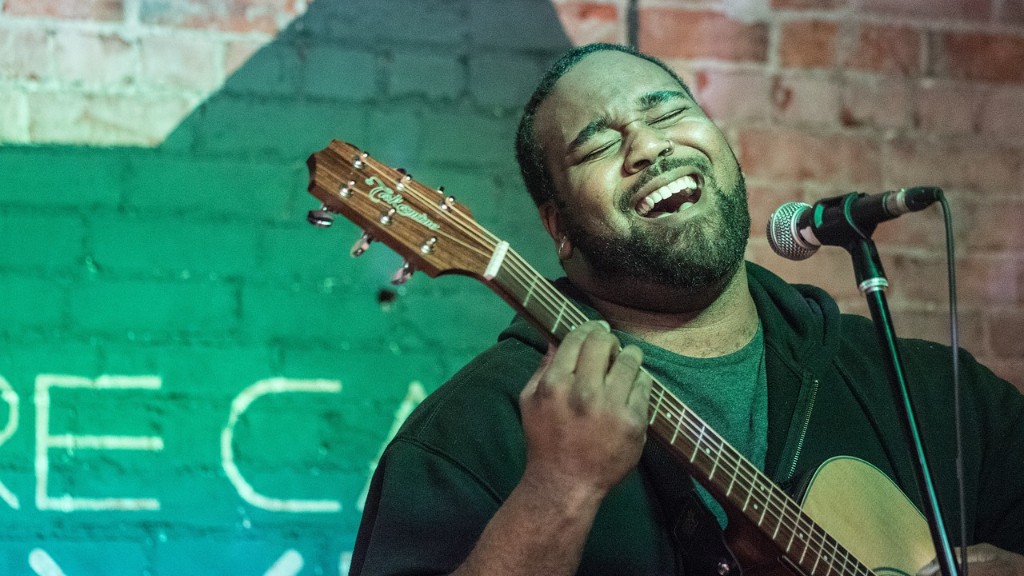Drawing a deer is one of the most enjoyable things to do! With a few simple steps, you can create a beautiful piece of art that will impress everyone. As with any drawing, it’s important to have an understanding of the structure of a deer before you begin. This step-by-step guide will help you draw a realistic deer, perfect for a beginner artist.
First, plan out your drawing. Visualize the deer in your head, then sketch it lightly on the canvas or paper. To start, draw the base of the deer outline. Make curved lines for the body and include the head, feet, and some shapes for the antlers. This will be your guide for the rest of your drawing.
Now it’s time to get creative! With the base in place, you can add details to your drawing. To draw the fur, sketch the outline of the body first and add lines of the fur – this can be done with a crosshatching technique. For the eyes, use small circles and draw the nose with a triangle – make sure it is small and pointed. Add details to the feet and antlers, then draw the lines of the legs and tail.
Once you have drawn the lines and details of the deer, it’s time to add color. Choose light and dark colors to give your drawing depth and contrast. Use browns and blacks to define the outer lines and add details. Layer different shades of brown to create the fur and blend the colors together to make it look realistic. Don’t forget to add highlights and details with white paint or colored pencils.
Now that you have the basic structure and colors finished, you can start making finishing touches. Add shadows and highlights to give your drawing the desired depth. Don’t be afraid to experiment with different tones and color to find the best outcome. And when you’re satisfied with your drawing, sign your name proudly!
Ready to start on your deer drawing? Start off with a simple outline, add details to it and make sure you have the basic structure in place before going into adding colors. Don’t be afraid to experiment with different tones and shades of colors, and don’t forget to highlight and shadow your work. You’ll be surprised how realistic your drawing can look!
With all the steps in mind, it’s easy to start your next deer drawing. Get your favorite supplies and get started! Take some time and be patient during each step to create a stunning masterpiece. Drawing a deer is rewarding once you’re done – you’ll be proud of your work and eager to show it off to the world.
Adding details to a deer drawing is the key to making it stand out. Start with the outlines, draw the lines of the fur and add highlights and shadows. Once you get the hang of it, take it up a notch and add textures – draw individual hairs and fur patterns to make your deer look more realistic.
Getting the proportions of a deer right is crucial for a believable-looking drawing. Measure the parts of the deer – from head to body, and feet to antlers – to make sure they are correct. Once you have the proper measurements down, you can start adding smaller details such as wrinkles or stripes to the fur.
As you progress, always compare your drawing to a reference image. This will help you identify what you need to add or take away. Additionally, be sure to take breaks and come back to your drawing with fresh eyes – you’ll be able to spot mistakes you may have missed before.
Drawing a deer might take some practice, but with the right guidance and reference, anyone can learn to draw one! Remember to take your time with each step and add as many small details as you can. You’ll be amazed with your stunning, realistic drawing!
With a few simple steps and a little bit of patience, creating an astonishing deer drawing is possible. Plan out your drawing before you start, draw the basic structure and add details to it before going into colors. Don’t forget to take breaks and measure the proportions of the deer to get the best results. Before you know it, you’ll have a beautiful, realistic drawing of a deer!
